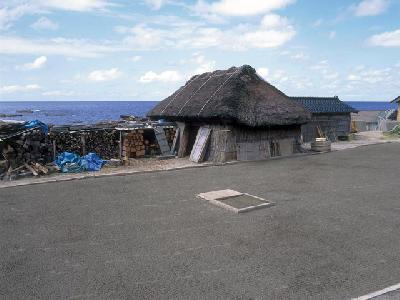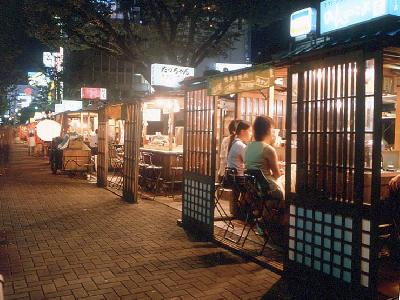|
Oku-Noto Salt Pan Village is a facility for experiencing salt-production and a museum with exhibits describing the relation of the Noto people to salt.
Because Japan is surrounded by sea, techniques for extracting salt from sea water developed. Most settlements near the sea had salt-extracting facilities.
Salt-extraction techniques can be divided into two main regional types: 'agehama' and 'irihama'. Along the coasts of Noto Peninsula, salt was produced using the agehama technique. For example, in the town of Suzu, where Oku-Noto Salt Pan Village is located, the 500-year-old agehama technique is still used.
In the agehama technique, you draw sea water into a pail and sprinkle it on the sand many times, then let it dry under the sun. The salt itself is tasty and rich in minerals. Not only that but if you use it in cooking, it will make the food tastier.
At Oku-Noto Salt Pan Village, you can experience this traditional salt-production method and make your own original salt. The experience is available from May to September.
Because Japan is surrounded by sea, techniques for extracting salt from sea water developed. Most settlements near the sea had salt-extracting facilities.
Salt-extraction techniques can be divided into two main regional types: 'agehama' and 'irihama'. Along the coasts of Noto Peninsula, salt was produced using the agehama technique. For example, in the town of Suzu, where Oku-Noto Salt Pan Village is located, the 500-year-old agehama technique is still used.
In the agehama technique, you draw sea water into a pail and sprinkle it on the sand many times, then let it dry under the sun. The salt itself is tasty and rich in minerals. Not only that but if you use it in cooking, it will make the food tastier.
At Oku-Noto Salt Pan Village, you can experience this traditional salt-production method and make your own original salt. The experience is available from May to September.
| [+ADDRESS] | 
|













